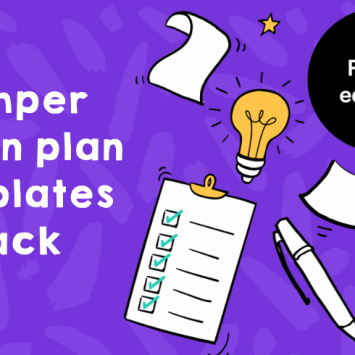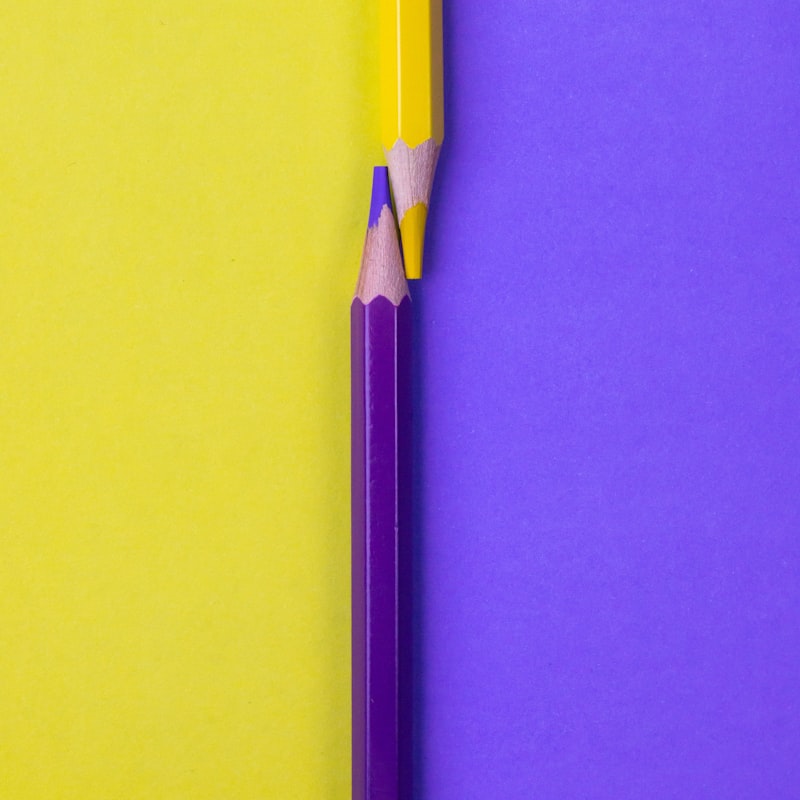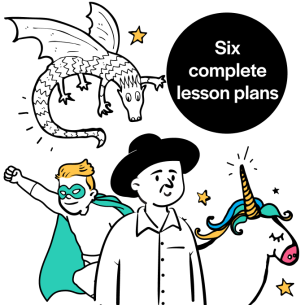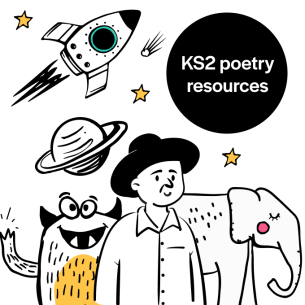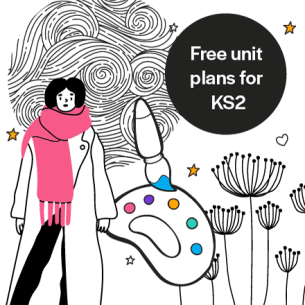What does it mean to interpret a text critically?
It means being a discerning reader who does the following: questions what you read. thinks about what the author wants you to believe and works to convince you. From a critical literacy perspective, the world is seen as a socially constructed text that can be read.
The earlier students are introduced to this idea, the sooner they are able to understand what it means to be researchers of language, image, gesture, spaces, and objects, exploring such issues as what counts as language, whose language counts, and who decides, as well as exploring ways texts can be revised, rewritten, or reconstructed to shift or reframe the message(s) conveyed.

Similar resources
- Poetry KS3 – Inspiring writing through spoken-word poems
- AQA English Literature Paper 1 – Macbeth/Christmas Carol walkthrough
- AQA English Language Paper 1 2024 – Ultimate revision booklet
- Persuasive writing KS3 – Boost skills with a Charlie Chaplin clip
- Dracula play – Post-1914 play unit for KS3/4 English


